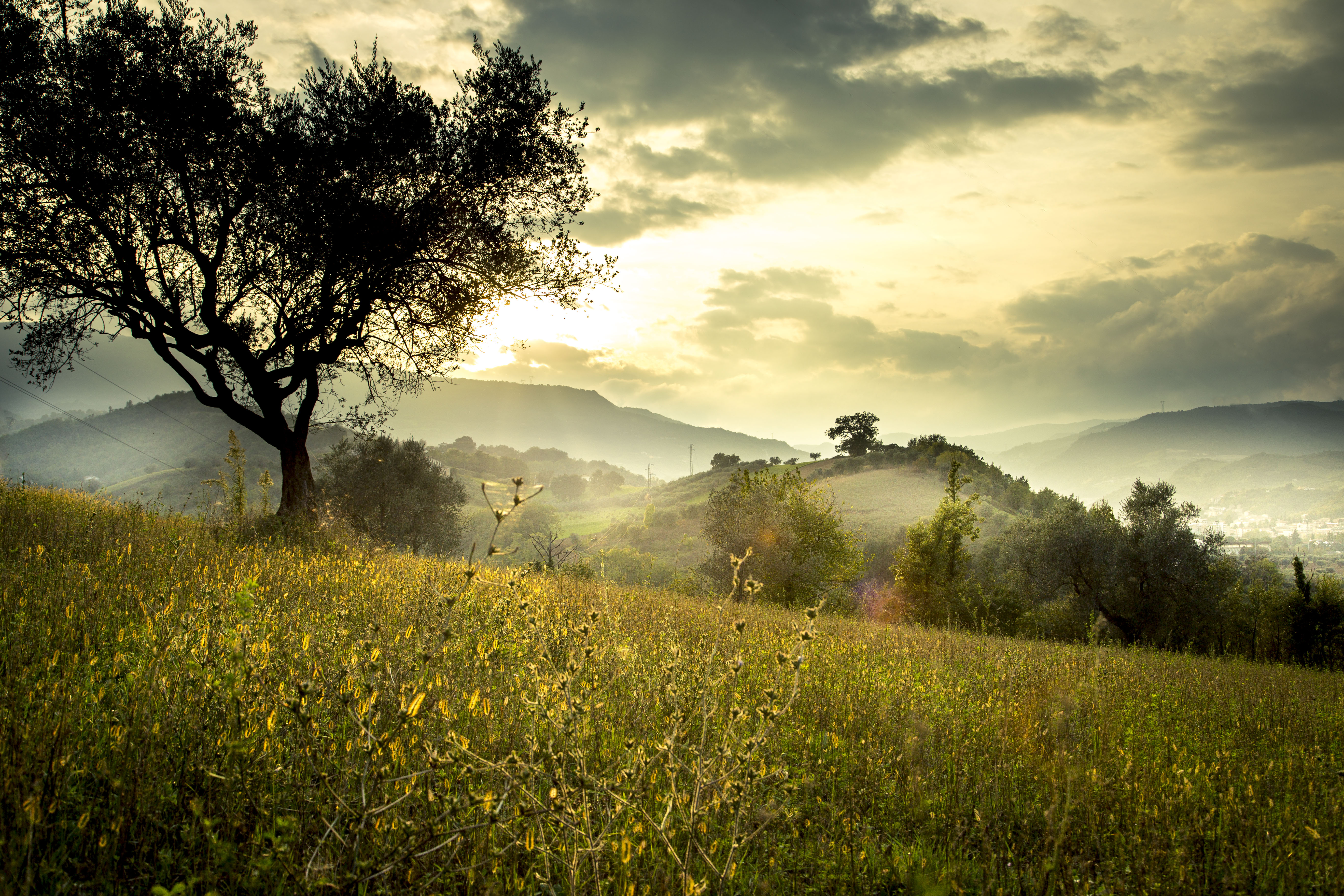Section IV: Human Impacts on the Global Landscape Case Studies
Humans have been altering the global landscape for millennia, beginning with the advent of agriculture more than 10,000 years ago. As our global population continues to grow explosively, more pressure is placed on this landscape to provide the resources necessary to support essential human needs. National Geographic’s EarthPulse (1996) estimated that more than 80% of the Earth’s surface had been impacted in some way by human activity, with exponential growth in global food production dominating that impact (up 170% between the 1950’s and 1990’s). When you consider the global nature of climate change, you might argue that human activity has affected the entire planet, including the most remote wild areas. Aside from the loss of many unique and valuable ecosystems, these impacts threaten the many ecosystem services that these natural landscapes provide.
Here we’ve listed some general web sites that will help you review the basics of terrestrial ecosystem processes. In addition to these general resources provided, each case study will include specific resources chosen to help you understand the material covered by that issue.

Background Materials:
For a general review of some of the critical aspects of the global landscape, visit the following links:
Biomes: www.blueplanetbiomes.org/world_biomes.htm
Food webs and food chains: www.education.nationalgeographic.org/encyclopedia/food-web/
Soil structure and function:
Pay particular attention to the sections on functions of soil, soil quality; and soil orders.
For a look at the history of humans and the landscape, visit http://humanorigins.si.edu/human-characteristics/humans-change-world
For an overview of the human footprint on the landscape, go to http://www.earthobservatory.nasa.gov/Features/footprint/
Chapter 4.2: Bark Beetle Infestation
Chapter 4.3: Alberta`s Tar Sands
Chapter 4.5: The Amazon Rain Forests


